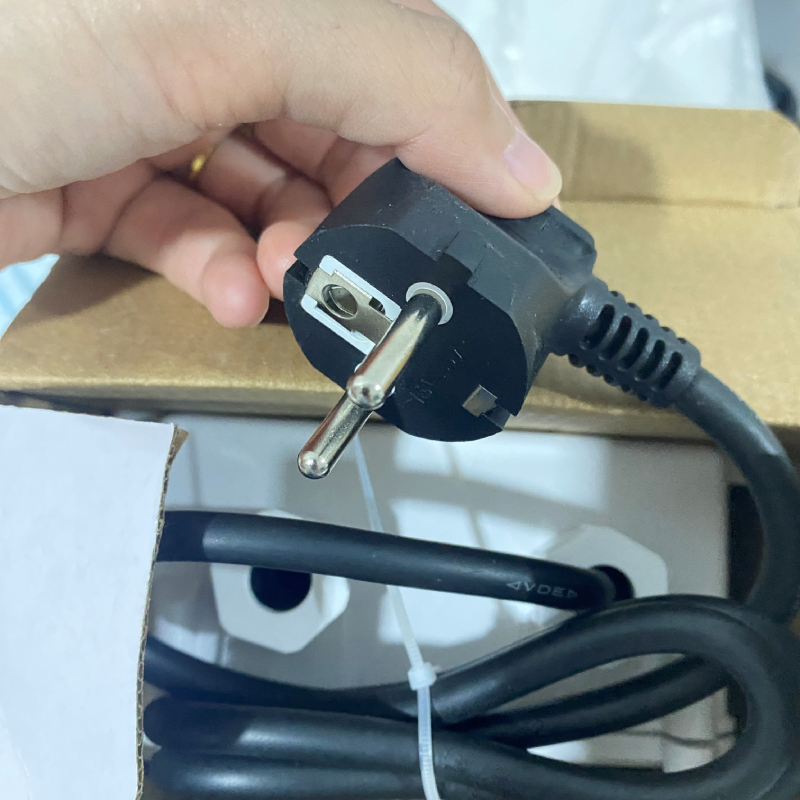Types of Intumescent Strips A Crucial Component for Fire Safety
Intumescent strips are essential fire safety components used to create passive fire protection in buildings. These strips expand in response to heat, sealing gaps in doors, windows, and other openings to prevent the spread of smoke and flames during a fire. Understanding the different types of intumescent strips available on the market is crucial for ensuring the safety and compliance of any building.
1. Material Composition
Intumescent strips are primarily made from polymer or rubber materials that react to high temperatures. The most common types are made from flexible intumescent materials that can be combined with various backing options such as self-adhesive tapes or mechanical fixings. The choice of material affects the strip’s durability, expansion rate, and performance under fire conditions.
One of the most common applications for intumescent strips is in fire doors. These strips typically come in two main types solid and hollow. Solid intumescent strips are found inside the door edges and expand to fill any gaps, providing an effective barrier against smoke and flames. Hollow strips, on the other hand, may have a rigid casing, which enhances their structural integrity while still allowing for significant expansion during a fire. Both types are critical in maintaining the integrity of fire-rated doors.
3. Window Intumescent Strips
types of intumescent strips

Similar to doors, windows also require intumescent strips to protect against fire and smoke penetration. Window strips commonly have a different profile, designed to fit snugly into the frame. These strips may be adhesive-backed for easy installation and can expand significantly to seal off window openings during a fire, thereby minimizing the risk of fire spreading between rooms or floors.
4. Linear Intumescent Strips
Linear intumescent strips are designed for use in various architectural features, such as curtain walls or sectional walls where fire barriers are critical. These strips can be installed along joints or edges and are designed to expand in a linear fashion, creating a continuous barrier. Their adaptability makes them suitable for diverse applications, allowing designers to integrate them seamlessly into building designs without compromising aesthetics.
5. Intumescent Sealants
In addition to strips, there are also intumescent sealants that can be used in conjunction with or as an alternative to traditional strips. These sealants are applied like caulk to fill gaps and are particularly useful in irregular spaces or where a more flexible solution is required. Once exposed to heat, these sealants expand and harden, preventing flames and smoke from passing through joints and fissures.
Conclusion
Selecting the appropriate type of intumescent strip is vital for effective fire safety solutions in buildings. Each type offers unique benefits, whether used for doors, windows, or larger structural elements. By understanding these different types and their applications, architects, builders, and property owners can significantly enhance the fire-resistance of their structures, ensuring the safety of occupants and protecting property from potential fire damage. Investing in quality intumescent strips is not just a regulatory requirement; it is a critical step in safeguarding lives and property.
-
XIANGFAN Rubber Tape-Ultimate Solutions for All Your Insulation NeedsNewsJun.24,2025
-
XIANGFAN Rubber Tape-Protection for Industrial and Residential ApplicationsNewsJun.24,2025
-
XIANGFAN Rubber Tape: Superior Safety and Sealing for Demanding EnvironmentsNewsJun.24,2025
-
XIANGFAN Rubber Tape: Reliable Solutions for Every Electrical ChallengeNewsJun.24,2025
-
XIANGFAN Electrical & Industrial Tape: Powering Reliability Across IndustriesNewsJun.24,2025
-
XIANGFAN Electrical & Industrial Tape: Excellence in Every ApplicationNewsJun.24,2025
